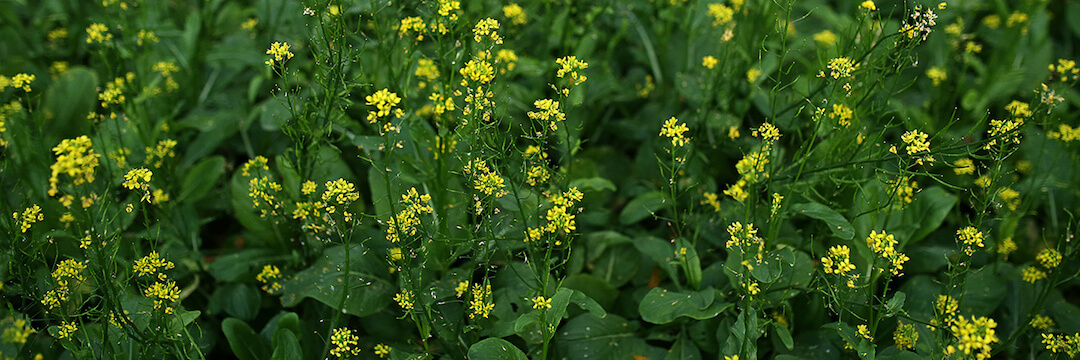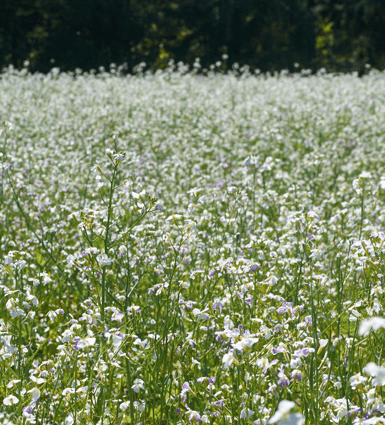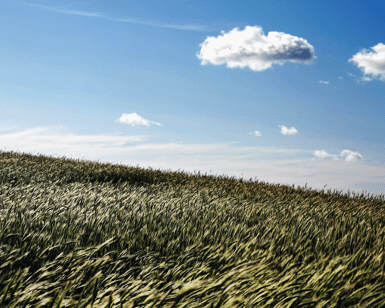Over this time, according to the USDA, soil erosion on cropland has dropped by more than 40 percent. That means the farmer’s soil remains in place and necessary nutrients and water remain right where their crops can use them. This reduction in erosion has helped farm productivity and efficiency soar, trends that continue today.
According to the USDA, nearly one third of crops use no-till, about another third use reduced-till, and the remaining third use more conventional tillage practices due to the uniqueness of their local soil type and geographical conditions.
No-till and conservation tillage are great examples of farmers adopting sustainable practices for their farms in order to better care for the land. Where it is viable, reducing tillage helps reduce soil disruption, which allows the soil to hold more organic matter and absorb more water, which is vital to the land’s productivity.
Keeping carbon in the soil is critical to fighting climate change. As crops grow, they pull carbon dioxide from the air and convert it to energy to feed the plant. Over time, part of the remaining residues—roots, leaves, and stems—decompose and become soil carbon. With minimal or zero tillage, soil carbon can be an excellent form of carbon storage that prevents carbon dioxide from building up in our atmosphere.
Because more carbon is stored and not released into the atmosphere, these practices can help fight climate change. In addition, when farmers make fewer tillage passes across their fields, they use less fuel and therefore emit fewer greenhouse gasses.





